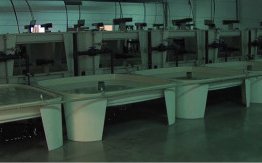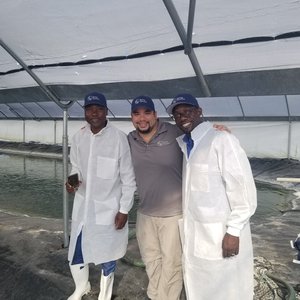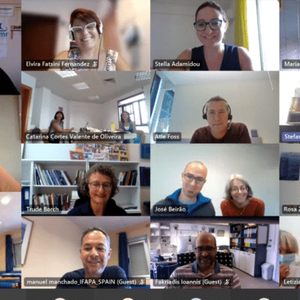Aquaculture RAS requires the monitoring of several parameters simultaneously to preserve the well-being of the fish, optimize production and meet the environmental requirements. A team of researchers proposed the use of a data analysis technique called principal component analysis that transforms the data to convert possibly correlated parameters into a new set of parameters called principal components that can reveal the correlation between them. This analysis is widely used in scientific fields but, according to the researchers, it has never been used to monitor aquaculture farms.
“With this data processing, all aquaculture parameters can be mapped simultaneously as well as they are grouped according to their variability. This will allow us to quickly identify the possible cause of harmful events to fish welfare and also increase efficiency throughout the production,” researchers said.
Researchers collected data from a RAS Senegalese sole farm from weaning to on-growing. The study correlated parameters on the monitoring data of the reproduction of Senegalese sole and identified key factors that are most likely to be the cause of the mortality of this species in two of the main stages of their development.
“Currently, the scientific literature in the area of aquaculture exhibits a consistent body of knowledge based on the characterization of the physiology and environment of fish, with research on instrumentation still scarce. In this perspective, this study not only represents a substantial novelty for the field of aquaculture for performing the data processing directed at the aquaculture industry for the first time, but it will also allow the development of a new branch of research focused specifically in a support tool for aquaculture recirculating systems-based industry,” scientists conclude.
Download the study here.













